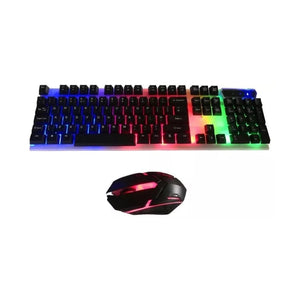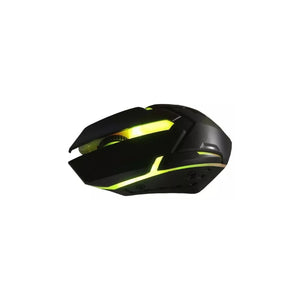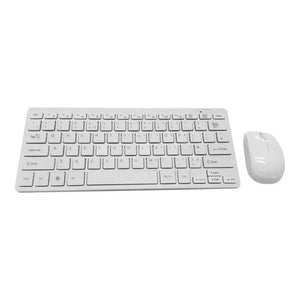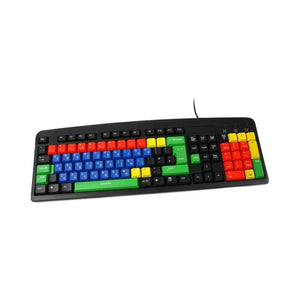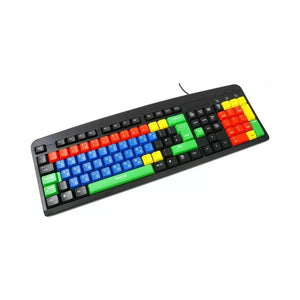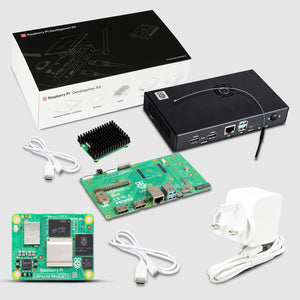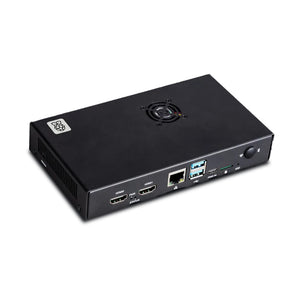Overview of Raspberry Pi HAT's Add-on Boards
Raspberry Pi 4 is one of the most advanced technologies in the computing system that has revolutionised the business world. These ranges of raspberry pi have evolved with the time that made the experience of the user better.
A few days back Raspberry Pi has announced the new version of raspberry pi that is for the advanced task. There are numerous features in this advanced technology but one of its features gained the attention of people that is the HAT. HAT is the abbreviation of “Hardware Attached on Top” to perform the various operations.
What is a PI HAT?
Raspberry Pi is designed to perform the operations with the attached third party physical hardware with the GPIO(General Purpose Input/Output) connector. It allows the user to perform the operations as per the requisition. Pi HAT is one of the advanced features that allows one to attach the physical hardware on the top of the raspberry pi board. One can plug in the hardware without soldering it that makes the process efficient for the user.
Why are add on boards attached to Raspberry Pi?
Numerous individuals have various requirements from the raspberry pi because of its immense functionality. It is still uncertain about the peak of the usage of this advanced device. Add on boards or HAT are boards that have different setups to perform a task. HAT embellishes the Raspberry Pi with its features that enhance the quality of the system. It also provides a variety of jobs from the single baseboard or Raspberry Pi that would make the work of the user better.
How can one utilise the performance of HAT with maximum efficiency?
One of the best advantages of using the add on boards is that a user can easily install the programs in it. The Raspberry Pi HATs or Add-ons have their own set of codes designed to fulfil a particular task. A user can write the program of a particular job in which they drag and drop in the memory of the HAT. It will define a set piece of work that would collaborate with the GPIO of the Raspberry Pi. A programmer can build a section of the codes for a particular job that will increase the efficiency of the alliance of the add on boards with the raspberry pi system.
How many HATs can you put on a Raspberry Pi?
Raspberry Pi has a unique design to perform different functions with the add on boards or HAT. There is a limited number of add on boards that can be attached, with the system without any other devices, which are 17 to 18. If one wants to pile up all the HAT with the third party connector, which is not included in the sets, then a maximum 62 HAT can be connected. One needs to program all the output by providing every output system with power. All the Add on Boards can share the same SDA/SCL pins without performing any failure. SDA/SCL is the Serial Data/ Serial clock that performs the job of collaborating. SCL line works as a clock signal that has the function to synchronise the data transfer between the I2C Bus. SDA line works as a carrier of data that helps to complete the system.
Raspberry Pi 4 Hat Compatibility
Raspberry Pi has launched its advanced product, named Raspberry Pi 4, with the enhancement of the features. There are various upgrades in this single board system that raise the level of experience of the user. The new raspberry pi 4 needs hardware and software that fulfil the special requirements in the area of configuration. The raspberry pi design for the high-performance task that needs high-performance hardware and software for better compatibility.
Raspberry Pi 4 has the following configuration
- 1.5GHz quad-core 64-bit ARM Cortex-A72 CPU
- 1GB, 2GB, or 4GB of LPDDR4 SDRAM
- Full-throughput Gigabit Ethernet
- USB 2.0 and two USB 3.0 ports
- Dual-band 802.11ac wireless networking
- resolutions up to 4K with dual monitor support
- VideoCore VI graphics
- 4Kp60 hardware decode of HEVC video
- Bluetooth 5.0
Raspberry Pi Organisation has set an example with the advanced technology in the single baseboard arena. It needs hardware that can adorn the system with better working potential.
a. Hardware has to be the following minimum configuration to operate
Theoretically, the technology of Raspberry Pi 4 developed to be compatible with all the hardware and cases to perform the operations in a better way. The new design of the Raspberry Pi 4 has some minor changes that one needs to take into consideration for the betterment of the performance. Three changes have made in the design of the raspberry pi that is following
- Dual micro HDMI with different placement and with different cable
- The device gets the power from a USB-C cable
- Arrangement of USB and ETHERNET for the simplification of PCB routing
b.The software has to be the following minimum configuration to operate
There are millions of users of the raspberry pi 4 with different requisitions from the device. The organisation of the raspberry pi put a lot of effort to enhance the experience of the user. They have made some changes like Cortex-A53 to Cortex-A72 CPU and VideoCore IV to VideoCore VI graphics that changed the whole scenario of the performance. The software can easily install in the current single-board device because of its high-quality hardware. The user needs to level up the performance of the software also by appropriate codes to run it better in the Raspberry Pi 4.
What are the top 10 Raspberry Pi HAT add-on boards?
There are different sets of operations that one can perform on the raspberry pi with the collaboration of the HAT. This technology has no limitations over the number of collaborations but still, we can talk about some of the combinations of the Raspberry Pi with the HAT. There are the Top 15 Raspberry Pi HAT add-on boards which are following
- PiFan: Raspberry Pi Cooling Fan with 0.91" OLED Display
- PiRelay - Relay Shield for Raspberry Pi
- Relay 4 Zero - 4 Channel 3V Relay Board for Raspberry Pi
- Motorshield for the Raspberry Pi
- PiTalk - Modular SmartPhone for Raspberry Pi
- Raspberry Pi Sense HAT
- PiStack - Stack HAT for Raspberry Pi, Stack upto 3 HAT's
- BreadPi - Multipurpose HAT for Raspberry Pi
- Raspberry Pi PoE HAT
- PiCube: 4x4x4 LED Cube
- PiFace Digital 2 I/O Expansion Board
- Raspberry Pi Servo Shield
- Pioneer600 - Raspberry Pi Expansion Board
- Raspberry Pi Cluster HAT
- Zero Relay - 2 Channel 5V Relay Board for Raspberry Pi


